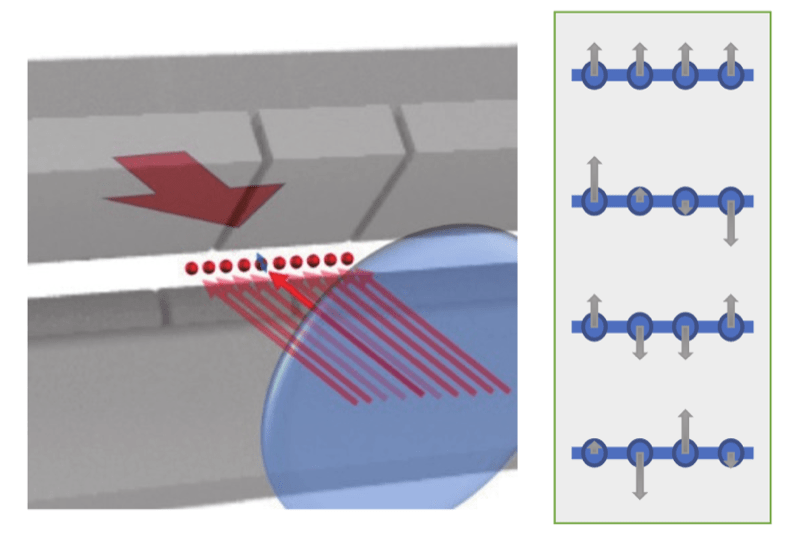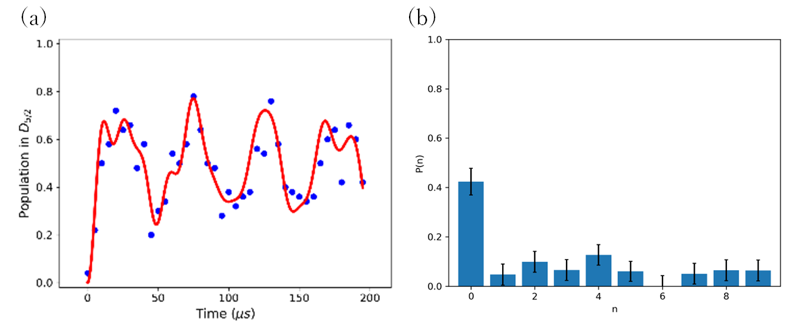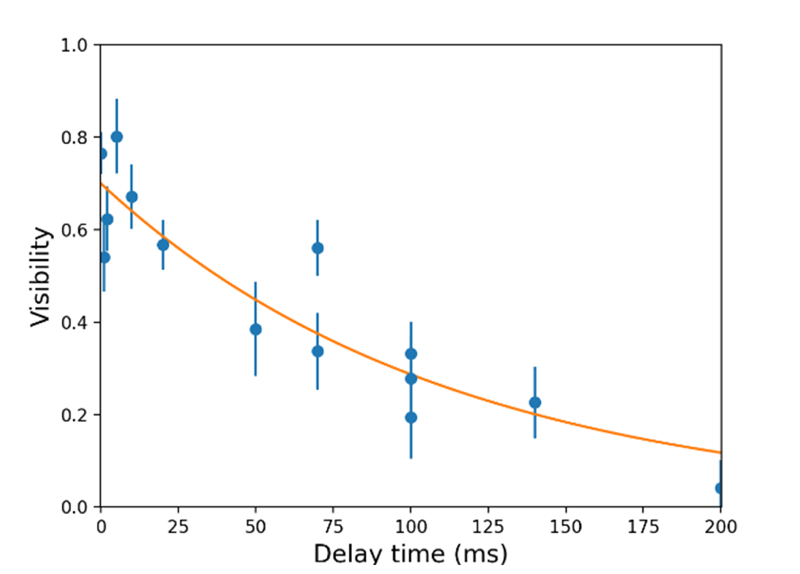Progress Report
Fault-tolerant Quantum Computing with Photonically Interconnected Ion Traps[3] Quantum Error Correction Using the Phononic DoF
Progress until FY2024
1. Outline of the project
The realization of error-corrected logical qubits and operations between them is the key to performing useful quantum computation. The system of vibrational modes in ions is a good candidate for the realization of logical qubits. Using stimulated Raman transition to realize beam-splitter interactions between collective vibrational phonon modes and thereby realizing quantum entanglement between phonon modes are important steps to realize operations between logical qubits. Such entanglement manipulations for multiple modes and squeezed states can be used to generate continuous-variable cluster states. Furthermore, by preparing bosonic codes as vibrational states of ions and utilizing the beam-splitter interaction described above, it is possible to implement gate operations across multiple modes.

2. Outcome so far
We plan to use the two modes of the three-ion array, except for the vibration modes that are considered to be affected by noise from the environment. First, we prepared to measure the coherence time (duration of superposition of vibrational quantum states) of these two modes.
In order to measure the coherence time of the vibrational modes, it is necessary to excite each collective vibrational mode separately. In order to efficiently excite each collective vibrational mode, it is desirable to be able to access the ions individually by light. For this purpose, we first performed sideband cooling of axial motion and measured the Rabi frequency using a radial light beam.
We have been experimenting with reservoir engineering, a method for generating squeezed states in vibrational modes, and have now improved the experimental method and performed the experiment again. Figure 2 shows the results of the improved experiment to generate a squeezed state by reservoir engineering. In Fig. 2(b), the concentration of population in even numbers of vibrational quantum numbers (n=0,2,4) is thought to reflect the fact that the vibrational state is in a squeezed state.


3. Future plans
Future plans include experiments in which tomography is performed using external vibrational excitation and the results are used to evaluate the degree of squeezing. We will realize EPR (Einstein-Podolsky-Rosen) type quantum entangled states by mixing squeezed states prepared between multiple vibrational modes through beam-splitter interactions. In addition, we will encode a single qubit for a single vibrational mode with a bosonic code. We will also prepare code states for multiple vibrational modes and apply beam-splitter interactions between modes to achieve quantum gate operations for bosonic codes spanning multiple modes.